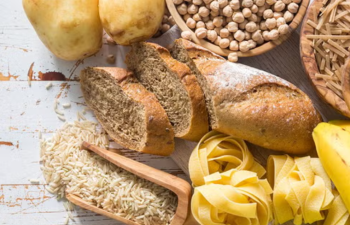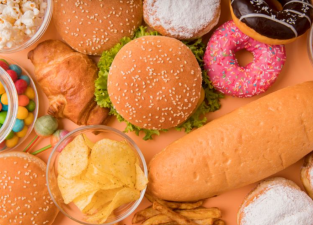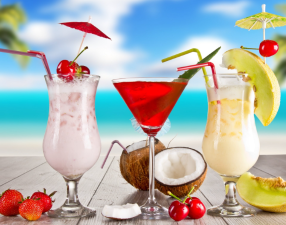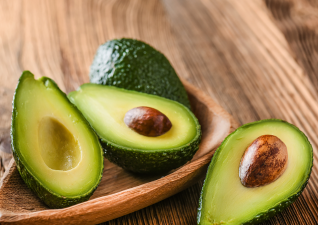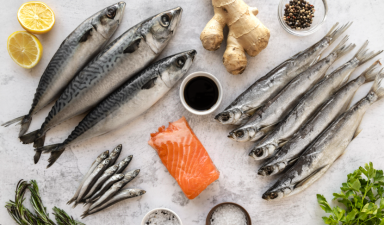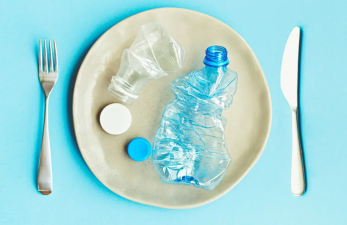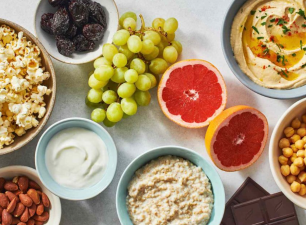Sweet Treats That Won’t Ruin Your Diet
Everyone loves sweets. The sweeteners sweetened by eating sweets can make us feel happy, but excessive consumption can also lead to a host of health problems. So, what sweet foods can satisfy our cravings while also preventing disease?
Everyone loves sweets. The sweeteners sweetened by eating sweets can make us feel happy, but excessive consumption can also lead to a host of health problems. So, what sweet foods can satisfy our cravings while also preventing disease?
First, what is sugar?
Sugar is a carbohydrate made up of sugar molecules. All types of sugar, under normal conditions, are broken down into glucose, a type of sugar that our bodies use as fuel.

Sugars can be divided into two main categories: natural sugars and added sugars.
Natural sugars are unprocessed and found in fruits and vegetables. Added sugars are added to foods by manufacturers to make them taste sweeter. Foods containing these two types of sugars are further categorized as simple carbohydrates or complex carbohydrates, depending on how quickly your body digests and absorbs them.
Simple carbohydrates, such as refined sugar, candy, and refined bread, are quickly digested and used immediately.
Complex carbohydrates, including whole grains like brown rice and quinoa, fruits, and some vegetables, take longer to digest and provide long-lasting energy.
Different foods raise blood sugar levels at different rates, and the glycemic index (GI) is a tool used to measure this rate. In general, foods containing simple carbohydrates tend to have a higher glycemic index, while foods containing complex carbohydrates have a lower glycemic index.
Types of Sugar
All sugars are made up of sugar molecules. Sugars containing one sugar molecule are called monosaccharides, such as glucose. Sugars containing two sugar molecules are called disaccharides, such as granulated sugar.
Common sugars include:
- Glucose: An extremely simple carbohydrate that is the body's preferred fuel source. Glucose is found in fresh fruits, vegetables, and whole grains. It can also be used as an added sugar.
- Sucrose: This disaccharide, made up of fructose and glucose, is the table sugar we commonly eat. Sucrose also occurs naturally in some fruits and vegetables.
- Fructose: A monosaccharide similar to glucose, fructose occurs naturally in fresh fruit but is also found in processed foods in the form of high-fructose corn syrup.
The main difference between natural sugars and added sugars is that foods containing natural sugars provide not only energy from the sugars but also essential nutrients, dietary fiber, and minerals. The American Heart Association recommends limiting added sugars to less than 6% of your total daily calories, or about 25 grams for women and 38 grams for men. If you're trying to reduce your added sugar intake, sweeteners may be a good alternative.
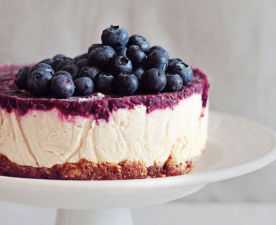
Healthy Sugar-Substitute Sweeteners
With so many sugar-substitute products on the market today, deciding which one to choose can be confusing. Healthy sugar-substitute sweeteners have a low glycemic index, minimal impact on blood sugar levels, and won't cause digestive issues like gas or bloating. This article will introduce several healthy sweeteners you can try.
- Monk Fruit: Monk fruit is a small, melon-shaped fruit grown in Southeast Asia. Monk fruit sweetener is 100 to 250 times sweeter than table sugar without significantly affecting blood sugar levels. It's available in granules, syrup, and even drops. Sometimes monk fruit is combined with erythritol for an added sweetness boost.
- Maple Syrup: Made from maple sap, maple syrup is an excellent alternative to honey or sugar. Compared to other sweeteners, it has a lower glycemic index and is high in antioxidants.
- Coconut sugar: Made from the sap of the coconut palm, coconut sugar is a less processed sugar. Its low glycemic index means it doesn't spike blood sugar. It can be used in a 1:1 ratio with granulated white sugar.
- Dates: Dates are rich in dietary fiber and several nutrients, such as potassium and magnesium. Whole dates, date syrup, and date paste make excellent substitutes for table sugar in smoothies or baked goods.
- Maltose: A sugar found in wheat and certain fruits (such as figs), maltose is absorbed slowly by the body and doesn't affect blood sugar levels. Maltose is often found in powdered form and can be added to recipes, tea, and coffee.
- Stevia: Stevia is a plant-based sweetener that is 200 to 300 times sweeter than table sugar without affecting blood sugar levels. Stevia can be used in baking and as a substitute for regular sugar.
- Yacon syrup: It has a low glycemic index and provides a high-quality prebiotic, potentially helping beneficial intestinal bacteria break down and utilize it, while also sweetening foods.
Sugar substitutes are generally much sweeter than regular sugar. When cooking with most sugar substitutes, reduce the amount of sugar in a recipe by half, unless otherwise specified.

